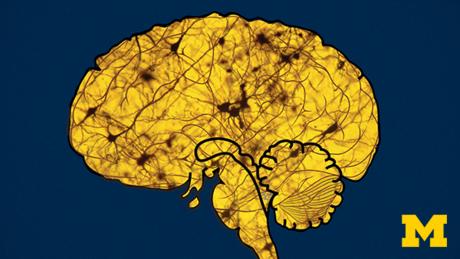Helen Baghdoyan
Dr. Baghdoyan directs a research program that is specifying the brain regions, receptors, and signal transduction pathways regulating arousal states such as sleep and anesthesia. The National Institute of Mental Health (NIMH) has a long-standing interest in neurochemical control of arousal. Dr. Baghdoyan's research on the role of acetylcholine in modulating arousal states has been supported by the NIMH since 1989. Basic studies of cholinergic neurotransmission have relevance for anesthesiology, psychiatry, and neurology. Each of these clinical specialties uses brain electrical activity (EEG) to provide an index of arousal level. Some EEG patterns, such as spindles, occur during natural sleep and during an anesthetically induced loss of consciousness. This fact suggests that common underlying mechanisms are involved in spindle generation during sleep and anesthesia, and Dr. Baghdoyan's research has shown that the same brain stem cholinergic systems contributing to sleep cycle control also modulate halothane-induced EEG spindle generation. Dr. Baghdoyan's laboratory is also supported by a grant from the National, Heart, Lung, and Blood Institute (NHLBI). The goal of this NHLBI sponsored research program is to understand the mechanisms by which opioids inhibit the rapid eye movement phase of sleep.
More info here.

